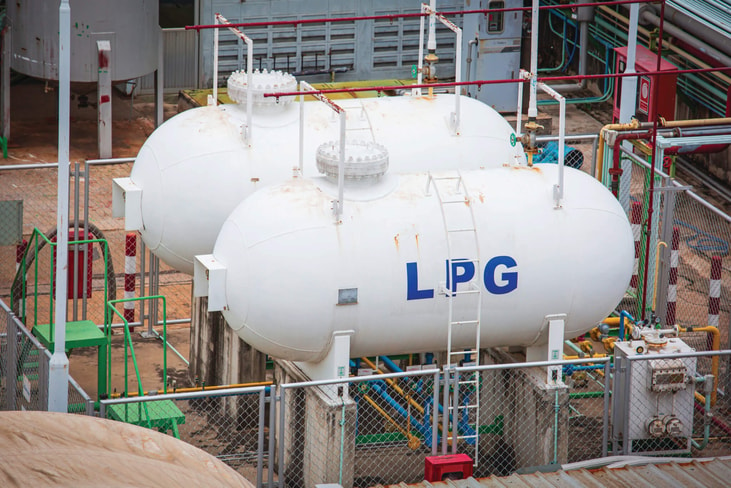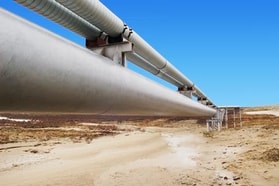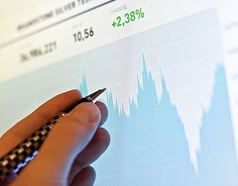Sustainable swaps for LPG cylinders in cooking and heating
Bottled gas is an internationally popular energy source for cooking and heating and for barbeques. The fuel stored in the pressurised cylinder is liquefied petroleum gas (LPG).
LPG is a mixture of propane and butane which can be recovered as a condensate (referred to as natural gas liquids, or NGL) during liquefied natural gas processing. It is also produced on crude oil refineries as a light product for regional distribution in bulk, or as bottled gas.
The popularity of LPG has grown because it is perceived as a relatively clean fuel. It burns with a clean flame with minimal particulate pollution. It is also transportable to remote regions where natural gas pipelines do not run and never will. However, as a fossil fuel LPG produces carbon dioxide greenhouse gas emissions and therefore contributes to climate change.
... to continue reading you must be subscribed











